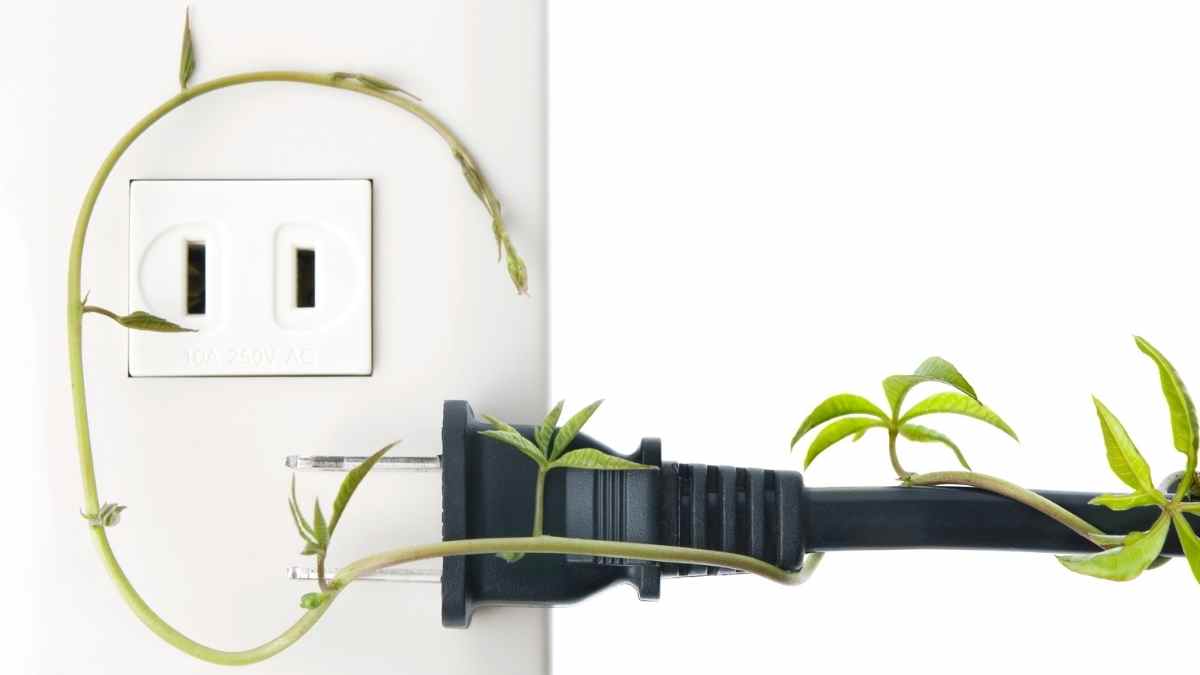40% of the energy consumed in the United States is electrical energy.
Unless the energy is produced using renewable methods, that is one huge environmental footprint, right?
That is why we need to conserve energy when we can. That includes saving energy at home, the workplace, and school.
How do you conserve energy at school? Read on for 10 tips you can do today. First, let’s start with the why.
Why Should I Conserve Energy At School?
Conserving energy at school is an excellent concept to adopt, although not all follow it as they should. Saving energy should not stop at home!
Most schools use a lot of electrical power to ensure that things are running smoothly and that the facility is safe and comfortable for teachers and students.
However, lightning, climate control, machines, and tools have a negative impact on the environment and make the school electricity bills very high. That is why you, as a teacher or as a student, should make an effort to save energy whenever possible. If teachers involve children in energy-conserving processes at a young age, that will encourage them to become more responsible and environmental-conscious.
There are numerous efficient ways to conserve energy at school, and the following are the top 10 of them.
-

Fashionably Green and On-The-Go
£16.50 Select options This product has multiple variants. The options may be chosen on the product page -

Reusable and Ready Eco-Friendly Tote Bag
£16.50 Add to cart
Save Energy At School With These 10 Tips
Here are 10 ways to save energy at school and make it greener.
1. Use natural sunlight.

School classrooms should be arranged to maximize the use of natural sunlight. Also, adding skylights in restrooms, hallways, and other typical school areas will reduce the usage of artificial lighting.
Natural sunlight creates a relaxing and more comfortable environment than powerful overhead lights commonly present in classrooms.
2. Replace standard bulbs with LED and CFL lights.

This method can help you save lots of energy at school.
Standard fluorescent bulbs consume a lot more energy than LEDs and CFLs, so make sure you replace them all. Lights usually contribute the most towards school expenses, so it is wise to consider more energy-conserving options.
Standard lights also produce plenty of heat, which increases the cooling costs. CFLs and LEDs not only last longer than traditional lights, but they also save money long-term.
3. Buy and use energy-conserving power strips.
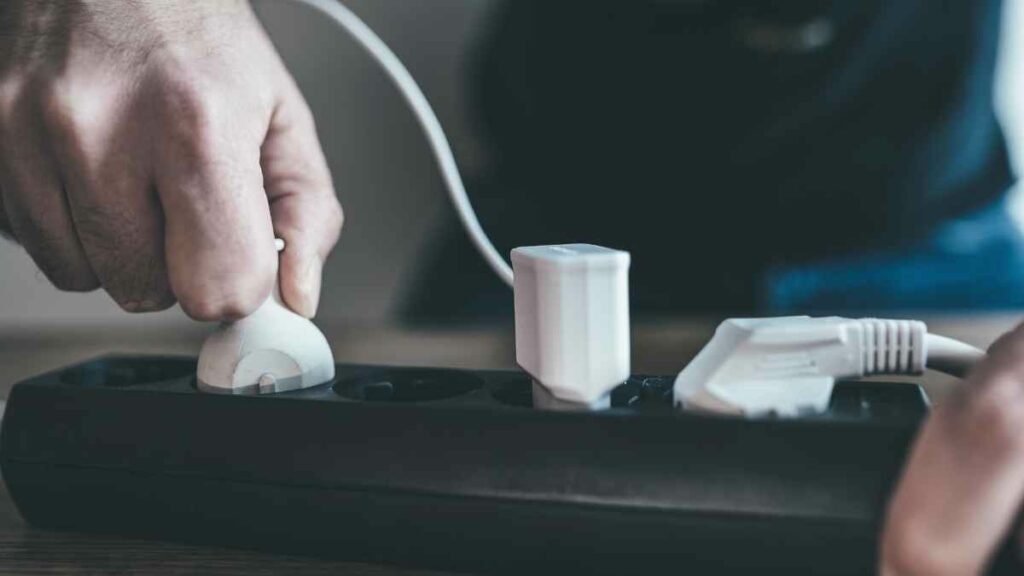
These power strips help lower power usage when computers and TVs are not in use.
That saves power and money daily, and it is also very convenient because you can easily unplug all electrical devices during longer holiday breaks.
4. Use TVs with LCD or LED screens.

Many schools still use old TV screens and computer monitors. However, screens are essential for viewing educational materials and are used quite a lot in every school.
You should know that older and larger televisions use a lot more electricity than more modern, thinner, and flatter televisions.
LCD and LED screens use less power, leading to lower electricity bills.
5. Always turn off lights and monitors when not in use.
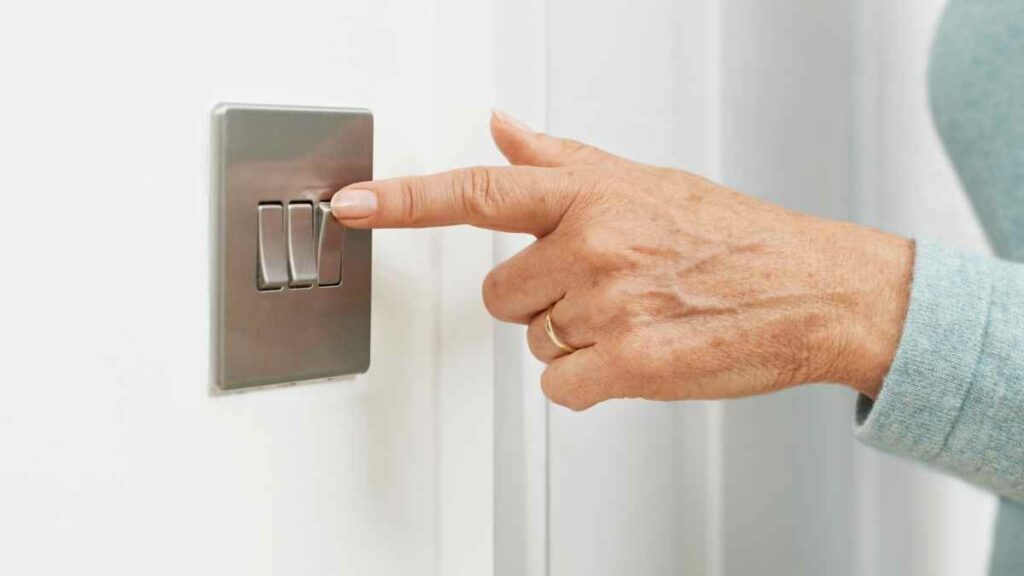
Many students and teachers do not practice the habit of turning off the lights or screens when not using them or after school.
You would do a lot of good for the environment and save lots of energy if you turn them off when leaving school.
Never forget to turn off desktops, laptops, lights, and other devices over the weekend. That will reduce power usage, which will help your school save money.
6. Use energy-efficient cooling options.
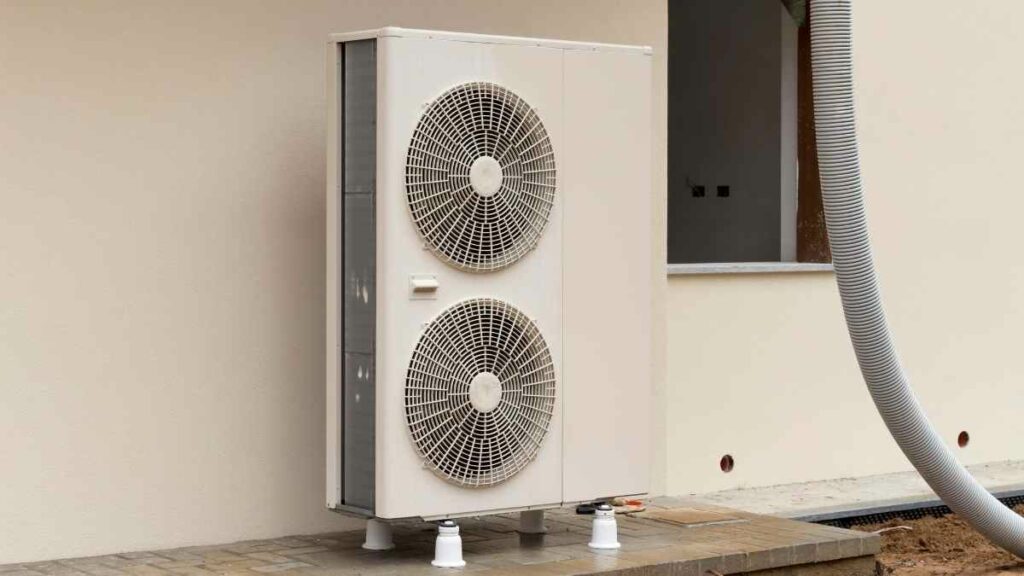
Large industrial air-conditioning units can cost the school money for electricity. These use a lot of electricity for heating and cooling, so try to replace them with more efficient options.
There are many great alternatives, so check some options and act accordingly.
Besides investing in energy-conserving and more efficient cooling units, there are a few other things you can do. Maintain in good shape, or repair, all windows in the school, so the cool or warm air will not leave quickly.
Also, you can use fans to keep the airflow circulating on those days when it is warmer but not too hot.
7. Encourage your students to recycle.
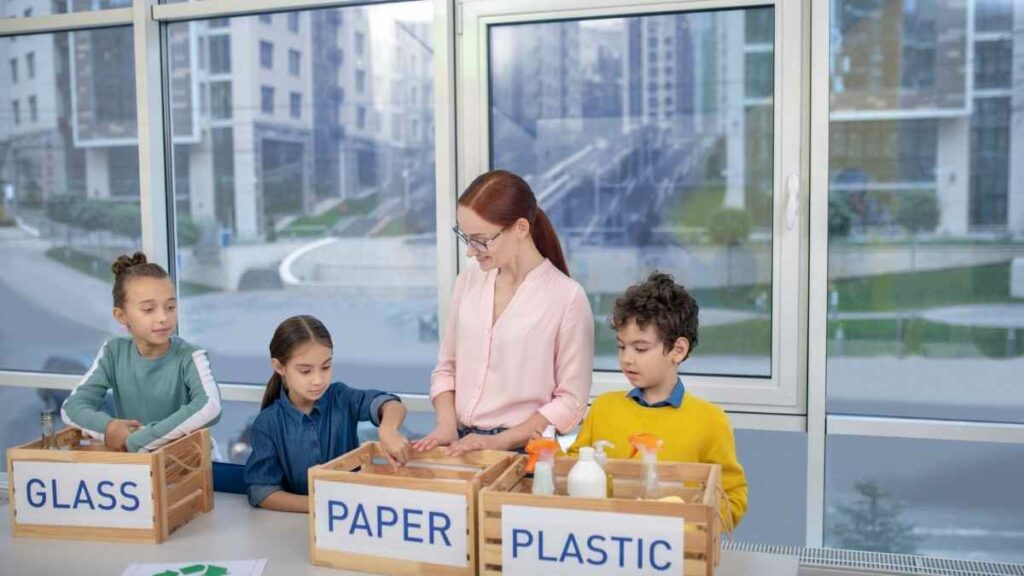
Most students know which things they can recycle, but they are not always acting accordingly.
Sometimes they throw away stuff without thinking much, so make an effort to teach them about the value and importance of recycling.
If you are a teacher, you can motivate your students by assigning them extra credit projects involving recycling.
8. Install sensors to turn on/off lights in school areas.

Schools have many rooms and spaces that are only occasionally used. However, many schools have lights on in these rooms during the entire school day.
Motion sensors can help save electricity and are a good option for any school.
Motion sensors are inexpensive and will only turn on lights when someone walks into a room.
That is just half of the job. Also, school staff, teachers, and students should all adjust their daily activities in a way in which they will reduce power use.
Small changes add up over time, leading to significant savings.
9. Close school rooms and spaces that are not in use.
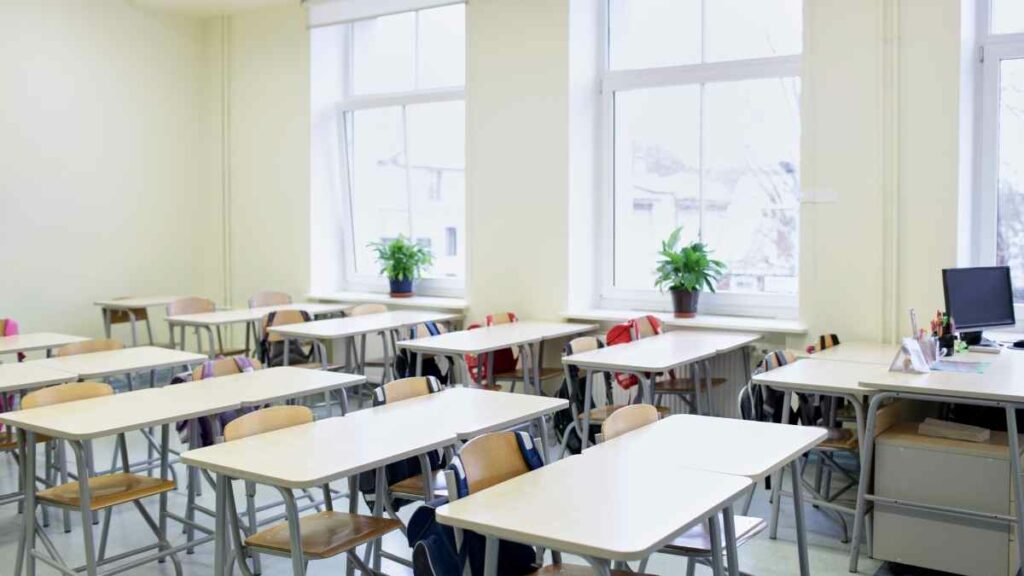
For example, if there is no gym activity today, why use lighting and cooling/heating in the gym then?
Shut everything down for the day when there is no use, which will help conserve energy at school.
Remember – the larger the space, the more power it uses. Besides the gym, there are many other school areas that teachers and students rarely use, and they still use electricity and heating.
Check to see which ones are not in use and then act accordingly by switching things off.
10. Upgrade the school kitchen with energy-efficient appliances.

Kitchens in schools also use lots of energy, so upgrading appliances is a pretty good energy-conserving idea.
Replace older microwaves, ovens, refrigerators, freezers, and other high-energy consuming appliances with more modern models.
Invest in better appliances, timers, and more efficient lights so that you will significantly cut down the overall energy costs.
If your school performs laundry duties, then you should also look at those appliances. You can also conserve energy when doing laundry.
Conclusion
Everyone in schools, the entire staff, administrators, teachers, and students, has a responsibility to conserve energy.
Everyone can play their role, so do your part by doing what is necessary to save energy.
Even the most minor steps contribute towards the big goal.
That is why you, as a teacher or a parent, should make an effort to teach children about the importance of reducing energy usage at school.
That will make your school greener and environmentally friendly.
Follow the mentioned advice here, and over time you will notice how your school becomes energy efficient and cuts its costs significantly.

